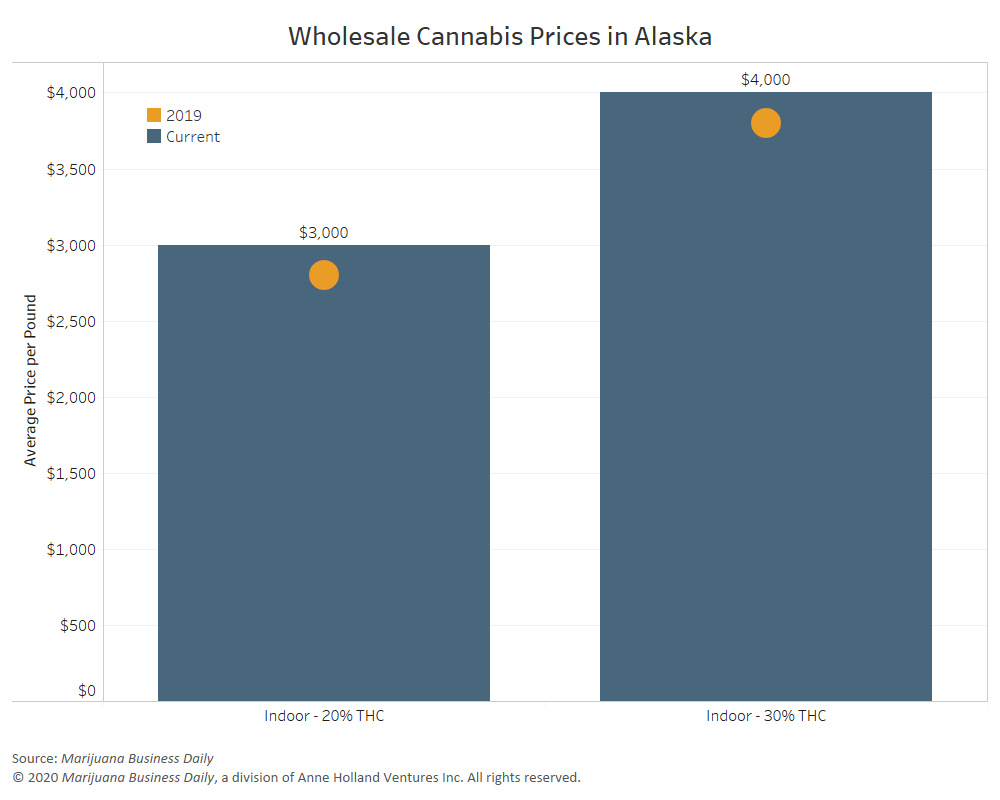(This story has been updated to clarify that the medical marijuana possession limit in Montana has not been increased. Rather, a cap was placed on the total amount of MMJ a patient may purchase each month.)
Montana’s medical cannabis program – already one of the largest in the nation on a per capita basis – posted year-over-year, double-digit patient count growth in January.
While a series of new rules set to go into effect in 2020 threatens to introduce short-term instability for the state’s rapidly expanding industry, over the long term they are expected to bring Montana’s medical marijuana regulatory scheme more in line with other programs in the United States.
That was followed in December 2017 by a ruling that the ballot initiative should go into effect immediately, which allowed previously shuttered dispensaries to reopen.
Patient counts have increased ever since, rising to nearly 39,000 as of January 2020. The percentage of Montana’s population registered now stands at 3.6%, the third-highest in the nation.
The number of dispensaries in Montana – 372 – also ranks as one of the highest in the nation on a per capita basis.
The industry’s sharp growth has regulators scrambling to ensure they’re properly monitoring and managing the program.
Senate Bill 265, passed in May 2019, implemented a series of changes to Montana’s medical marijuana program, including:
- Eliminating a requirement that patients purchase cannabis only from a single dispensary. This will take effect as early as April 2020, when regulators anticipate Metrc – the state’s seed-to-sale tracking system – will be capable of monitoring whether patients have reached their daily or monthly purchase limits.
- Raising the MMJ tax from 2% to 4%. The new tax rate went into effect Oct. 1, 2019.
- Instituted a 5-ounce cap on the amount of usable cannabis an MMJ patient can purchase each month. The amount of MMJ a patient can possess at any point in time remains 1 ounce.
- Implementing various compliance-related changes, such as updating product labeling standards.
Further change could come at the end of 2020, as two competing ballot initiatives to legalize adult-use cannabis are pending review by Montana’s secretary of state office. If the measures are approved, organizers will have until mid-June to collect signatures to qualify for the 2020 ballot.
Eli McVey can be reached at elim@mjbizdaily.com







